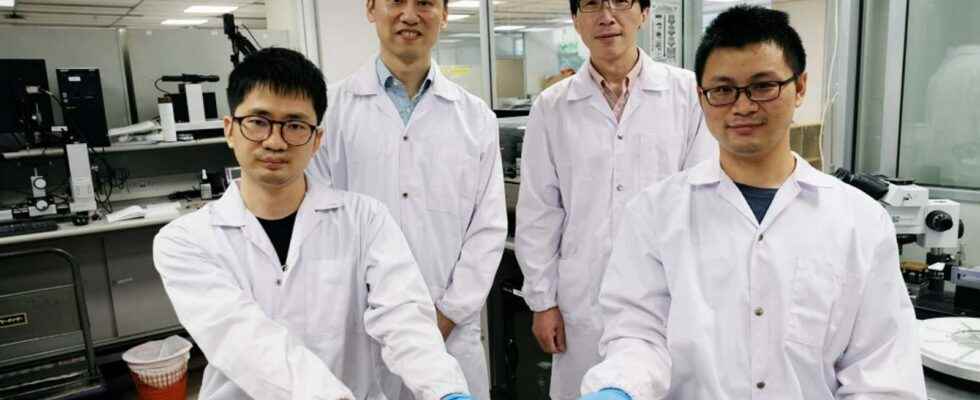At the heart of this battery developed by the laboratory of Nanyang Technological University is a sheet of cellulose paper. Once unloaded, it takes a month to completely degrade in the soil without leaving toxic waste.
You will also be interested
[EN VIDÉO] Kezako: how does a battery work? Whether it’s in our cell phones, flashlights, or even in our cars, batteries are everywhere. Sealed and protected, their content is often mysterious. Unisciel and the University of Lille 1 enlighten us, with the Kézako program, on the operation of batteries in this short and interesting video.
Connected devices are multiplying. They would be 35 billion this year and they all have one thing in common: a battery to power them. Even though it is now possible to to recycle the elements of a drums 95% lithium-ion, that’s astronomical amounts of small, disparate batteries to collect and process.
While there are already electronic devices biodegradable disposable like sensors environmental issues, why not do the same with a battery? This is the question answered by a team from Nanyang Technological University in Singapore, creating a battery incorporating biodegradable cardboard, and whose research has been published in Advance Science. Their prototype battery measures 4 cm² at the moment. According to the lab, she would be able to power a small electric fan for 45 minutes. At the heart of the battery is a sheet of cellulose which acts as a separator between electrodes. To seal the porosity fibers, a hydrogel is employed.
Biodegradable in one month
L’anode and the cathode are screen printed with conductive ink on both sides of the paper. The anode ink consists of zinc and black of carbon. The latter is generally used as a conductive additive in batteries. On the cathode side, the ink contains manganese and nickel. A thin film of gold is added to the electrodes to booster the conductivity. The whole is immersed in the electrolyte. The battery 0.4 mm thick has an additional advantage: it can be twisted or bent without affecting performance.
For the side biodegradable, when the battery is discharged and buried in the ground, it completely disintegrates after a month according to scientists. So obviously, the nickel or manganese in the ink will not disappear, but once oxidized, they will be close to minerals natural. It is the same for the zinc which will lose its toxicity when he will be too. According to scientists, the battery can just as easily be rechargeable and its flexibility could allow it to be used in any accessory connected as a battery.
Interested in what you just read?
.
fs1
